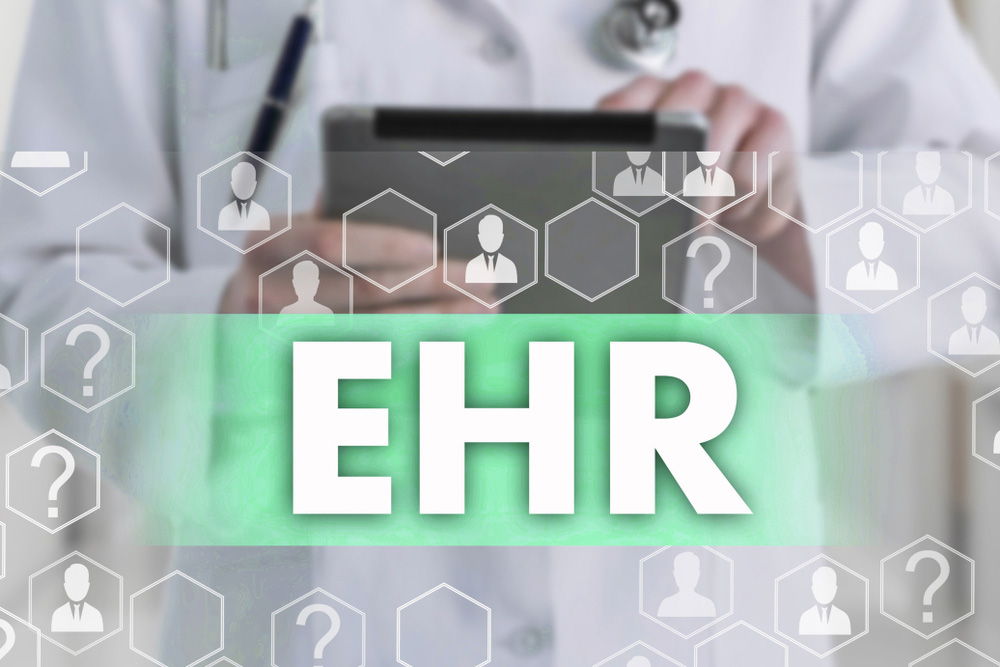The transition from paper-based to electronic health records (EHR) systems is a transformative phase for any healthcare practice. This digit...
 The transition from paper-based to electronic health records (EHR) systems is a transformative phase for any healthcare practice. This digital leap can lead to enhancements in the quality of patient care, increase in operational efficiencies, and significant time and cost savings. However, the challenge for healthcare administrators lies in selecting the right EHR software for their practices. Ensuring that the chosen system aligns with the practice's strategic objectives is essential for long-term success. Below, we'll dive into the criteria that should guide this critical decision.
The transition from paper-based to electronic health records (EHR) systems is a transformative phase for any healthcare practice. This digital leap can lead to enhancements in the quality of patient care, increase in operational efficiencies, and significant time and cost savings. However, the challenge for healthcare administrators lies in selecting the right EHR software for their practices. Ensuring that the chosen system aligns with the practice's strategic objectives is essential for long-term success. Below, we'll dive into the criteria that should guide this critical decision.Understanding the Importance of EHR Systems in Modern Healthcare Management
Electronic Health Record (EHR) systems are essential for modern healthcare, offering streamlined workflows, reduced errors, and quick access to patient information. With a centralized view of medical histories, they enable better clinical decisions and improved continuity of care. Top EMR software also supports healthcare professionals with tools for data analysis, patient engagement, and evidence-based recommendations, enhancing proactive and preventive care strategies.EHRs help healthcare providers meet regulatory requirements and adapt to evolving standards. Incentives for meaningful use further emphasize their role in efficient healthcare management. Choosing the right platform, tailored to a practice's specific needs, is key to successfully leveraging these systems.
Key Features to Consider When Choosing an EHR for Your Practice
An EHR system should be usable, customizable, and data-secure to facilitate rapid onboarding and reduce the learning curve for medical staff. It should also offer robust reporting functionalities for easy data extraction and analysis. Data security is crucial as patient information is a prime target for cyberattacks. The chosen system should offer data encryption, secure user authentication, and regular updates to protect against vulnerabilities.It should also be interoperable, allowing seamless communication with other systems like labs, pharmacies, and specialists. The reporting functionalities should be robust, allowing for easy data extraction and analysis. Scalability is essential, as the ideal EHR system should support practice growth without performance degradation, avoiding costly and time-consuming transitions to new platforms.
Assessing Vendor Reputation and Support in EHR Selection
Selecting an experienced EHR vendor with a solid reputation is crucial as they have long-term insights into the healthcare industry and offer reliable and advanced solutions. Research the vendor's history, customer feedback, and market presence to ensure quality and peace of mind. Consider the level of support the vendor offers, such as comprehensive training programs, 24/7 customer service, and ongoing support.Ensure the vendor consistently updates their software to incorporate the latest healthcare standards and technologies, ensuring the platform's longevity and relevance. Seek references from other healthcare institutions to gain real-world insights and make an informed vendor selection. By doing so, you can ensure the longevity and relevance of your EHR system and minimize disruptions to your practice.
Importance of Scalability and Integration Capabilities in an EHR
A well-integrated EHR system can serve as a hub for collaboration, promoting continuity of care and optimizing patient outcomes. These elements not only improve daily operations but also position the practice strategically for future developments. A forward-thinking administrator will prioritize both scalability and integration in their EHR selection process.
Strategies for Training Staff on New EHR Software and Measuring ROI
Healthcare administrators should focus on implementing an EHR system by creating a comprehensive training program for all users, tailored to different roles within the practice. Continuous learning is crucial, with resources available for staff to refer back to and ongoing education to accommodate updates and new system functionalities.Measuring the return on investment (ROI) of the new EHR system is essential, considering metrics such as reduction in documentation time, increased patient throughput, improved coding accuracy, and reduced paper record costs. Tracking these KPIs from the outset helps gauge the system's impact on the practice. Top EMR software can streamline patient care management, leading to increased patient satisfaction and retention rates, contributing to a holistic view of the software's value to the practice.
Overall, the adoption of the right EHR system is pivotal in realizing a dynamic and efficient healthcare practice. By closely examining crucial factors such as features, vendor reputation, scalability, integration, and strategies for staff training, administrators can make a selection that ensures a positive impact for their patients, staff, and bottom line. Welcoming the digital transformation of healthcare records with the proper tools and perspectives can forge the path to a more effective, data-driven healthcare environment.







